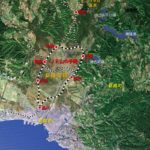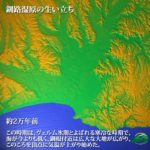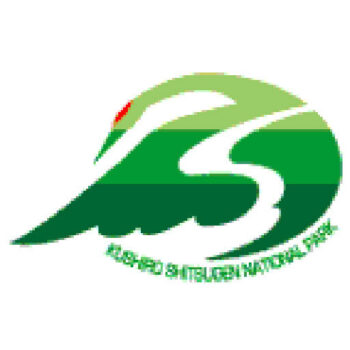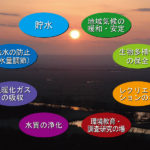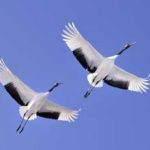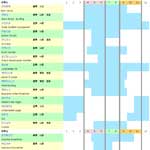The abundant plant and wildlife of Kushiro Wetland
釧路湿原とその周辺には、植物約700種、昆虫類約1,100種、魚類38種、両生・爬虫類9種、鳥類200種、哺乳類39種の生物が生息しています。その中には、絶滅の危機にある生物も含まれています。マナーを十分に守って観察してください。
Although it appears to be merely a barren field surrounded by hills, the wetland is actually rich in animal and plantlife. Within the wetland, there are 700 kinds of plants and flowers, 39 kinds of mammals, 200 kinds of bird, 9 kinds of reptiles and amphibians, 38 kinds of fish and over 1,100 different kinds of insects. Many rare species of plants and animals inhabit the wetland and some of these are endangered species, so please observe them with respect.
| Birds | |
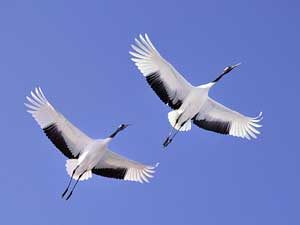 |
タンチョウ 羽を広げると2.4mほどにもなる、我が国で最大級の鳥です。道東地区に1,000羽程度生息しています。3月~4月に繁殖期をむかえます。冬期間には、鶴居村の鶴見台や鶴居・伊藤タンチョウサンクチュアリなどで、姿を見ることができます。 Red-crowned Crane.(better known as the Tancho Crane) |
| アオサギ 3月中旬に釧路湿原へ渡ってきます。湿原や周辺の水辺で9月頃まで姿を見ることができます(一部越冬)。塘路湖畔などにコロニー(集団営巣地)があります。 Grey Heron. |
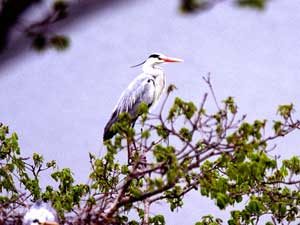 |
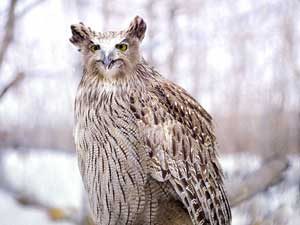 |
シマフクロウ フクロウ類では日本最大で、北海道に130羽程度しか生息していません。環境省では国内希少野生動植物種に指定し、保護増殖事業を行っています。 Blakiston's Fish Owl. |
| Plants | |
| クシロハナシノブ 氷河期の遺存種。高さが40cm~80cmの多年草で、6月~7月に紫色の花をつけ、北海道自然歩道「霧と湿原の道」を散策すると見ることができます。 Marsh Jacob's Ladder |
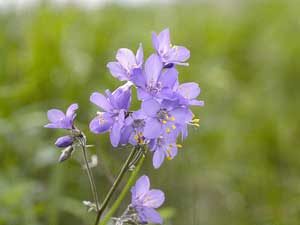 |
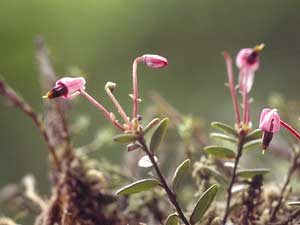 |
ツルコケモモ 温根内の木道などの高層湿原で見られる、ツツジ科の常緑小低木です。葉は小さく、6月~7月に淡紅色の小さな花をつけ、秋には赤い実をつけます。 Small Bog Cranberry |
| ヤチボウズ スゲ類が前年までの株の上に根を張り、年々株を成長させたものです。各地の木道などあちこちでその姿を見ることができます。 Tussuck Grass (Yachibousu) |
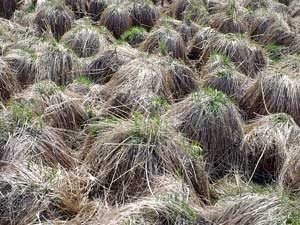 |
| Mammals | |
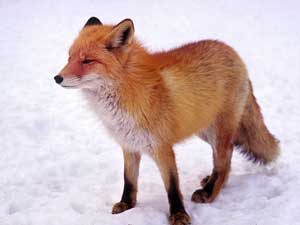 |
キタキツネ 大きさは50cm~75cmで、尾の長さが30cm~40cm。本来は非常に用心深い動物ですが、湿原周辺ではかなり目にすることができます。自然のバランスを崩すことになりますので決してエサを与えないでください。 Red Fox |
| エゾシカ 森林と草原の境界に多く生息し、メスや若いシカは群をつくります。オスはあまり群を作りません。冬から春にかけては道路沿いにまで、姿を現します。交通事故に注意してください。 Sika Deer |
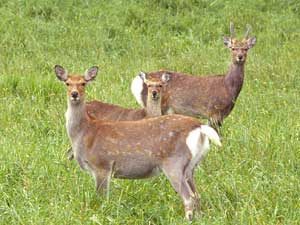 |
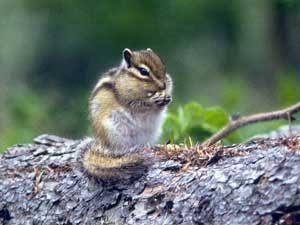 |
シマリス エゾシマリスともよばれ、細岡や温根内の木道などで4月~10月くらいまで見ることができます。冬の期間は巣で冬眠をします。 Asiatic Chipmunk |
| Others | |
| キタサンショウウオ 氷河期の遺存種。釧路湿原や北方領土の国後島に生息しています。体長が8cm~12cmで姿を見かけることはまれですが、5月頃に湿原の水たまりなどで青白い蛍光色の卵塊があります。 Siberian Salamander |
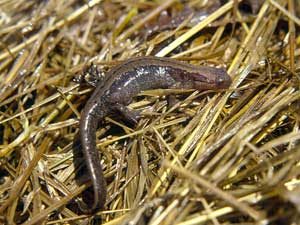 |
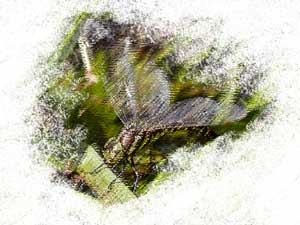 |
イイジマルリボシヤンマ 釧路湿原は、トンボの宝庫となっています。中でも氷河期の遺存種であるイイジマルリボシヤンマは、トンボ目ヤンマ科の昆虫で、7月~10月上旬まで塘路湖周辺などで見ることができます。 Aeschana Subarctica |
| イトウ サケ科の淡水魚で、大きいものは1m以上にも達し、時にはネズミやカエルなどを捕食します。しかし、現在はその数が非常に少なっています。 Japanese Huchen |
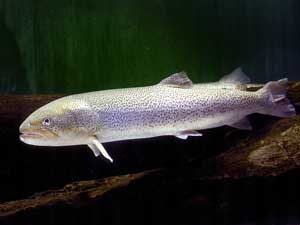 |

